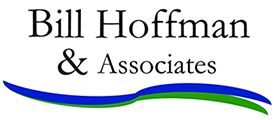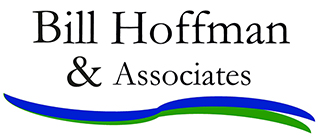Published at:
As members of the independent sector, we continuously strive to increase our impact in the focus areas of our missions. We think creatively, plan scrupulously, collaborate where possible, and work hard at maximizing resources we can bring to move the needle. Many thousands of volunteer and paid staff hours are spent in these efforts. And, make no mistake, we definitely do move the needle and often have demonstrable impact. But could we have more impact with similar levels of effort if we focused them differently?
Let’s look at public elementary and secondary education. Both the public and private sectors are working to improve outcomes (e.g., literacy levels, graduation rates, college and career readiness) in this area. Private investments include high-profile national philanthropy efforts such as the Bill & Melinda Gates Foundation and those of Mark Zuckerberg as well as nonprofit work, often through local education foundations.
But let’s consider scope. National School Foundations Association figures show that K-12 public education is one of the fastest-growing independent sectors, raising about $400 million per year. The latest figures from the U.S. Department of Education, however, estimate that federal, state, and local government education funding totals about $621 billion. Although private investments are doing some amazing things, such as piloting innovation and experimenting with reform efforts, those private investments still amount to only 0.06 percent of the public resources directed to education.
What if nonprofits working on education used private dollars not only to support programming that improves outcomes but also to leverage how some of the public dollars are spent? Through its years of work, learning, and investments, the independent sector has considerable credibility as a partner invested in improving outcomes, but it doesn’t have special interests such as corporate or personal gain. When we talk about this type of leverage, many will be concerned because of lobbying limitations on 501(c)(3)s. But we’re not talking about lobbying, we’re talking about affecting policy.
Nonprofit board members and staff can affect policy without lobbying. The independent sector is a great source of unbiased information. We can educate policymakers based not only on available research and information but also on the results of our work and experience in the field. These efforts can influence and precipitate policy change without lobbying for specific legislation or candidates.
Despite the logic and potential increased impact of getting involved in policy, there are legitimate reasons why individual organizations may hesitate. Place-based funders have geographic limitations for their giving. Nonprofits and corporate funders may be concerned about constituent perceptions if they take public stands. A recent survey by the Florida Philanthropic Network found that only 38 percent of the education funders in the state had a significant interest in working independently on policy issues. When these same funders were asked if they would be interested in working on policy issues in a group, however, the figure increased to 76 percent.
Make no mistake, this is a new—and therefore, somewhat uncomfortable—approach for many in the independent sector. But it’s worth conversation and consideration. This sector’s considerable experience and investments may be leveraged to even greater impact by informing and potentially changing policy and the way greater funds are invested.


